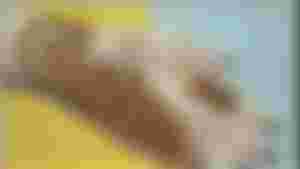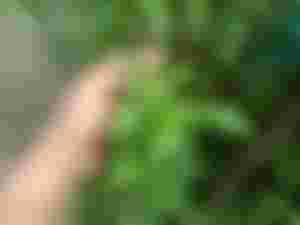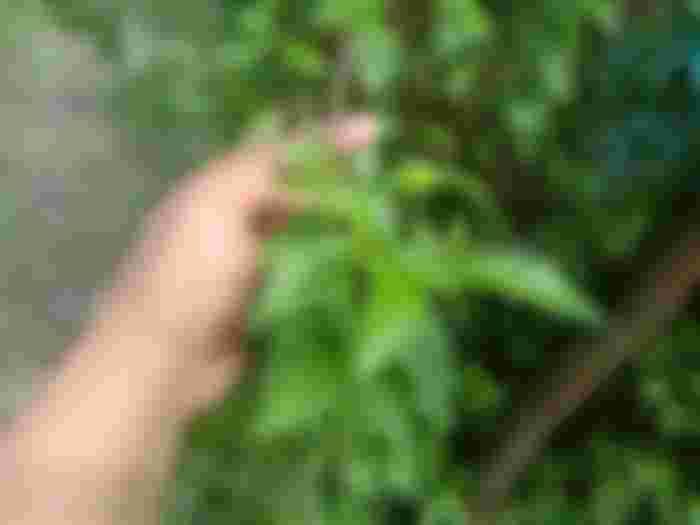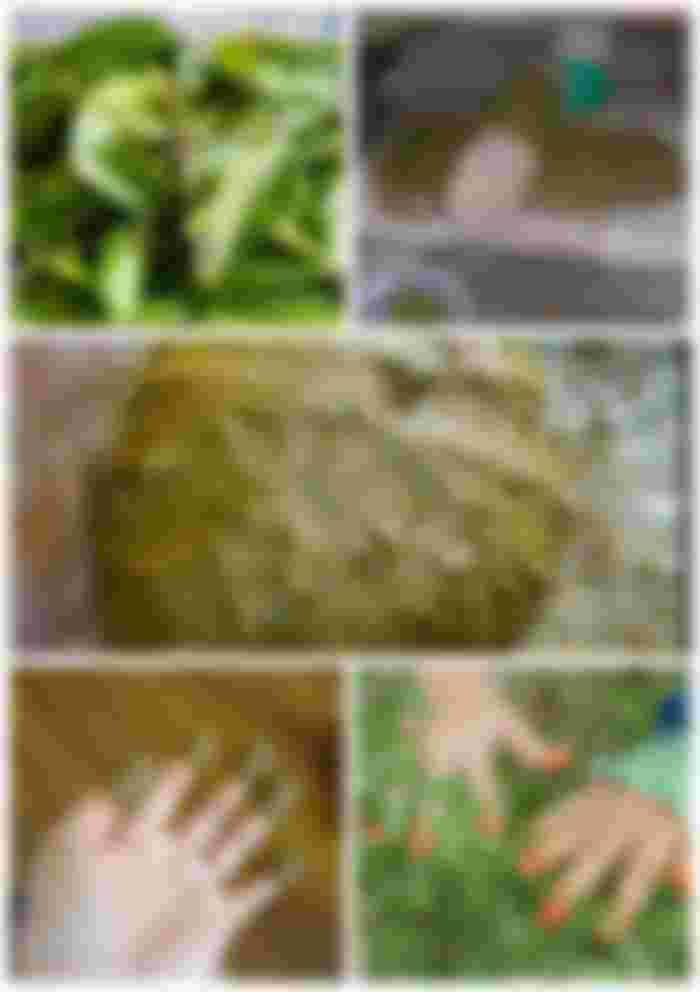Henna leaves for nail and body health

Hearing the word henna must not be separated from the bride and groom. Bride's make-up is not complete without despicable make-up on the nails, hands and feet. In the modern era, many hinai products are produced and also various types of beautiful carvings to decorate nails, hands and feet using henna. Usually one or two will have a special night to wear the henna and the friends of the bride and groom also get together. In some countries, especially Middle Eastern countries, henna is not only used at weddings but when celebrating big days such as Eid al-Fitr. The women in addition to buying new clothes, new styles also use henna as a tradition. Henna can be used as a substitute for a tattoo that is safe to use.
Origin of henna

No one knows since when the presence of Henna as a tool for body painting. But since thousands of years ago, Henna has been widely used to paint skin, hair, nails, to dye fabrics such as silk, wool, and leather in several parts of Asia, from India, Pakistan, to the Middle East.
When viewed further, the origin of the application of Henna as a beauty product is still confusing. However, this practice, which is said to have been around for 5000 years, is popular and better known from India under the name mehndi.
In India, henna is often also used as a medium to beautify oneself in addition to the use of makeup and jewelry. So do not be surprised, the use of henna is a common sight everyday in India.
Apart from India, countries such as the Arabian Peninsula, Middle East, North Africa, Eastern Europe, and Southeast Asia, also absorb this practice of henna painting as part of their traditions and complementary accessories at their important events. In Arab countries including Yemen, drawing henna on the hands of the bride and groom is believed to be a symbol of fertility. The darker the color, the better for the bride-to-be to her fertility. Not infrequently, they will apply it for days.

In Indonesia itself, the phenomenon of henna painting is also often a complement to the bride's hand decoration. Henna is also used to welcome major celebrations such as Eid al-Fitr and Eid al-Adha. Even some Indonesian families of Arab descent still decorate their hands and nails with Henna, one day before Eid.
Henna leaves beauty and nail care

There are various kinds of henna products today, don't forget that there are leaves that can be used for treatment and natural dyes for nails, namely henna leaves. In scientific language, it is called Lawsonia Inermis L. It has an upright leaf shape with a slightly tapered tip.
Between the leaves there will be small white flowers. This leaf flower is quite fragrant.
The shape of the leaves is nothing special because it looks similar to the leaves on other shrubs. Henna leaves are native to East Africa and West Asia.
1. As Nail Polish
Because it contains glucoside dyes and henotanic acid.
This henotanic acid makes the part of the skin or nails that are given henna leaves turn orange-red.
Only by using it, we can color nails naturally without chemicals so it is safe for the body.
In addition to nail polish, this leaf can also be used as hair dye.

However, of course your hair will be reddish-orange like the color on the nail polish.
How to color nails with henna
1. Pick henna leaves
2. Grind the henna leaves
3. Grind or grind using a millstone
3. After smooth, apply on fingers as needed.
For results. Satisfactory Use 1 day 1 night.
2. As a mushroom remover
Aside from being a nail polish, the benefits of henna leaves for nails are as an anti-fungal.
For those of you whose nails often get moldy, just use henna leaves as an alternative prevention.
According to a research journal entitled Utilization of Girlfriend Leaves (Lawsonia Inermis L) as Anti-Fungus on Nails, explains that henna leaves contain anti-fungal compounds that can help eliminate bacteria and fungi that appear on nails.
Henna Leaves for Body Health
Apart from nails, the benefits of henna leaves can also be useful for body health.
Here are some of its health benefits that you need to know :
1. Treating Flatulence
2. Healthy Hair and Scalp
3. Uric Acid and Rheumatism
4. One of the benefits of henna leaves is that they can help overcome the symptoms of gout and rheumatism.
5. Overcoming Headaches and Migraines
6. Reducing pain during PMS
The ladies who often feel sick during PMS (premenstrual syndrome)
7. Prevent premature aging
8. Relieves Fever
Henna leaves are good for a woman's womb
Henna leaves are also good for the uterus, especially for women who have just given birth
In henna leaves there are various ingredients, namely:
Vitamin E, useful for preventing aging and smoothing the skin
Glycosides, useful for giving color to nails, treating pus
Hennatanin, closing the external wound
Phythol, gives the effect of pain relief.
Here are some of the benefits of henna leaves for the uterus :
1. Prevent vaginal discharge
2. Coping with menstrual pain
3. Coping with excessive menstruation
4. Menstruation
5. Fertilize the content
6. Prevent miscarriage
7. Prevent uterine cysts
How? Do you have a henna leaf tree? Hopefully this information is useful for all friends readcash.







I become nostalgic after seeing it. In our vernacular it is called 'mehedi or mendi leaves'. When we were child use it a lot. Before the Eid day we, every child, used to make our hands and nail red with it. Bride and groom also used to use it. But now almost everyone use artificial product. Although some elder members of society use this leaves in their hair.